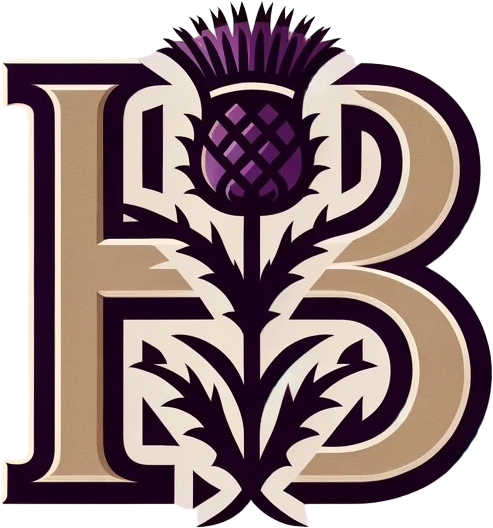Traditional bookbinding techniques are not only a testament to the craftsmanship of the past but also continue to inspire and influence modern book design. Here, we briefly explore the five most popular traditional bookbinding techniques, offering insights into their unique characteristics and applications.
- Coptic Binding: Originating in Egypt around the 2nd century AD, Coptic binding is renowned for its strong, yet flexible, structure. This technique involves sewing quires (groups of folded sheets) directly to each other, resulting in a book that can open flat without straining the spine. The signature feature of Coptic binding is the exposed spine, where the chain stitch pattern is often visible, adding an aesthetic element. This method is ideal for journals, sketchbooks, and art portfolios where a flat opening is advantageous.
- Japanese Binding: Japanese, or stab binding, is distinguished by its simplicity and elegance. It involves folding pages in half, stacking them, and then sewing through the folded edge with a single line of stitches. The most common patterns include the four-hole, noble, and tortoise-shell bindings. Japanese binding is particularly suited for thin volumes like photo albums or art collections, as the binding doesn’t accommodate a large number of pages well. The aesthetic appeal of Japanese binding lies in its clean, minimalistic lines, making it popular for artistic and decorative books.
- Leather Binding: Leather binding is a luxury craft that has been treasured for centuries. It involves stretching and adhering leather over book covers, often with additional padding for a plush feel. The leather can be tooled, gilded, or stamped for decoration. High-quality, durable leathers like calfskin, goatskin, or sheepskin are commonly used. This technique is favored for high-end books like limited editions, religious texts, and classic literature collections. The appeal of leather binding lies in its sophistication and the rich patina it develops over time.
- Case Binding: Also known as hardcover binding, this is the most common method for commercial books. The book’s signatures are sewn together and attached to a stiff outer cover, usually made of cardboard covered with cloth, leather, or paper. The cover is typically made separately from the book and then attached to it, providing a durable and long-lasting binding. Case binding is used for a wide range of books, from novels and textbooks to coffee table and reference books.
- Accordion Binding: Accordion, or concertina binding, features a continuous folded sheet that forms the book’s pages and spine. Each fold in the paper creates a page, and the book can be extended to reveal a sequence of pages. This traditional bookbinding technique is particularly effective for displaying visual narratives, as it allows the book to be fully opened and viewed in a linear fashion. It’s often used for artist’s books, photo books, and other creative presentations where the unfolding experience of the book is part of the artistic expression.
Each of these traditional bookbinding techniques carries its unique heritage and aesthetic, offering a distinct tactile and visual experience. From the artistic flexibility of Coptic binding to the elegant simplicity of Japanese binding, the luxurious feel of leather, the durability of case binding, and the creative display possibilities of accordion binding, these traditional bookbinding techniques continue to be cherished and practiced, keeping the rich history of bookbinding alive.

